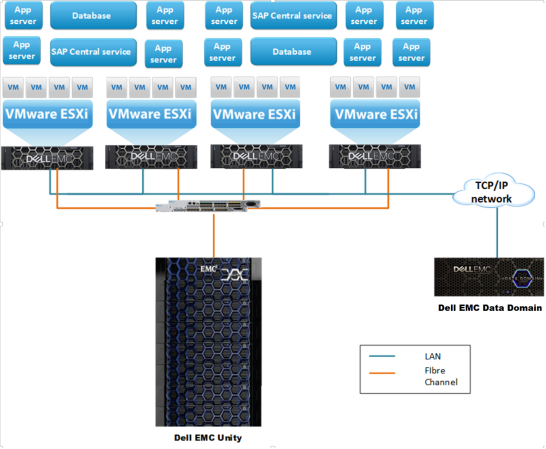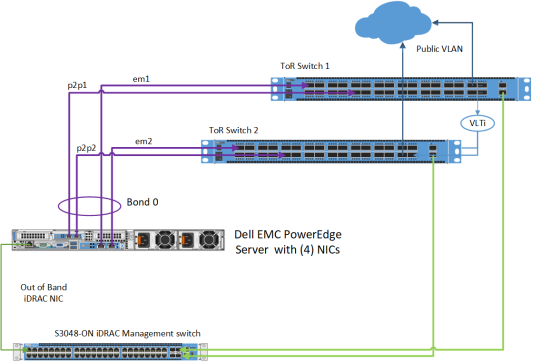GPU shortages are running rampant in the market, and the reason is not limited to silicon shortages or scalpers. Mining for crypto has seen a high progression, and this is the result often an enthusiastic customer may not be able to find a GPU. This also had a strong impact on the used GPU market.
Nvidia has tried to control and bring a balance to the situation by releasing updates in software that cripple the performance of RTX 3060 and discourages users from using it for mining purposes. While doing this, the company also released dedicated cards for efficient crypto mining.
The model CMP 50HX has CUDA cores amounting to almost 3584. It runs in 10 GB of RAM, which must be DDR6, and requires a memory bus of 320 bits. We don’t know the architecture basis for CMP 50HX, but we observe that it uses a Turing-based chip.
While evaluating performance, researchers found that this device delivers a 45MH/s hashing rate for Ethereum. It can achieve this at room temperature with adequate cooling.
Hardware features that are specific for mining

This device doesn’t have a cap when it comes to performance on the basis of the artificial driver. The CMP cards have been optimized to work best when it comes to mining, and it helps in achieving the desired hash rates. NVIDIA built the card to operate in an environment with one CPU controlling a large number of cards. It’s not the same in the case of GPUs.
NVIDIA designs the CMP cards specifically for mining, ensuring they perform optimally in the demanding mining environment. In the instance of using the MSI card, the absence of a rear panel allowed the company to redesign and equip it with a large exhaust, which was crucial. The fan features a dual bearing design.
It will help this fan run for year without stopping even for a single second. GPUs built for gaming cannot make the same promise, as their farms are designed to operate in short bursts. Another significant concern is power consumption. Mining requires careful energy usage; it’s crucial to measure it smartly, so the mining process doesn’t cost more than the market price of the output.
Various companies such as MSI, Palit, EVGA, and so on have officially assured their support for CMP cards.
Some other uses apart from mining.
GP-GPU cards are already sold by NVIDIA. One can avail them in the form of cards named Tesla cards. Note that they are now named NVIDIA Data Center GPUs. One may find difficulty finding a difference that might be fundamental between the GPUs for data center and GPUs for mining. Many assume that the GPUs for mining will not include the tensor cores. This affects machine learning capabilities, as mining doesn’t particularly use this feature.
There is high anticipation that CMP cards would be cheaper than the cards used for the data center. If this happens, users can find it very easy to achieve a variety of computational tasks that only demand CUDA cores to perform. This makes them also an attractive product to people who may not be strictly involved in mining.
Manufacturers will not use these products for graphic projects, and authorized sellers will mostly sell them. These devices have high optimization when performing when it comes to mining, and they do not have the required specifications of Geforce GPU. This is the solution that NVIDIA has thought of in order to tackle the availability of GPUs for gamers.
Conclusion
CMP lacks display outputs, allowing improved air flow during mining and enabling denser packing. The voltage of the peak core of CMP is far lower than its frequency, which does not help the game but does improve the efficiency of the owner of mining.
NVIDIA believes in creating products tailored to meet the specific needs of customers s that they receive the best value. With CMP, miners can build data centers that have high efficiency and do not occupy the GPU market, which is primarily for gamers. You can trust NVIDIA to deliver quality products that ensure breakthrough performance.
FAQs
1. What is the NVIDIA GPU family for crypto mining?
The NVIDIA GPU family for crypto mining comprises graphics processing units (GPUs) optimized for cryptocurrency mining operations. These GPUs are utilized by miners to validate transactions and secure blockchain networks while earning cryptocurrency rewards.
2. Which NVIDIA GPUs are popular for crypto mining?
NVIDIA GPUs popular for crypto mining include models from the GeForce GTX and GeForce RTX series, with specific models like the GeForce GTX 1060, GTX 1070, GTX 1080 Ti, RTX 3060, RTX 3070, RTX 3080, and RTX 3090 being commonly used due to their mining performance and efficiency.
3. What are the benefits of using NVIDIA GPUs for crypto mining?
NVIDIA GPUs offer benefits such as high computational power, energy efficiency, flexibility to mine various cryptocurrencies, compatibility with mining software, and the ability to handle complex mining algorithms.
4. How do NVIDIA GPUs perform in crypto mining compared to other GPUs?
NVIDIA GPUs offer competitive performance in crypto mining compared to other GPU brands. While their primary focus is gaming and graphics rendering, NVIDIA GPUs can efficiently mine a wide range of cryptocurrencies due to their CUDA cores and parallel processing capabilities.
5. Can NVIDIA GPUs be used for both gaming and crypto mining?
Yes, NVIDIA GPUs can be used for both gaming and crypto mining. Many miners utilize their gaming rigs during idle periods or overnight for mining cryptocurrencies, leveraging the GPU’s computing power when not in use for gaming.
6. How does NVIDIA support miners using their GPUs for crypto mining?
NVIDIA provides driver updates and optimizations to ensure stable performance and compatibility with mining software. Additionally, NVIDIA offers technical resources, forums, and community support for miners seeking guidance on optimizing mining setups and troubleshooting issues.
7. Are there any considerations or risks associated with using NVIDIA GPUs for crypto mining?
Some considerations include the initial investment cost of purchasing GPUs, power consumption and electricity costs, cooling and ventilation requirements, potential hardware degradation due to constant usage, and market volatility affecting cryptocurrency profitability. Additionally, GPU shortages and supply constraints may impact availability and pricing.





